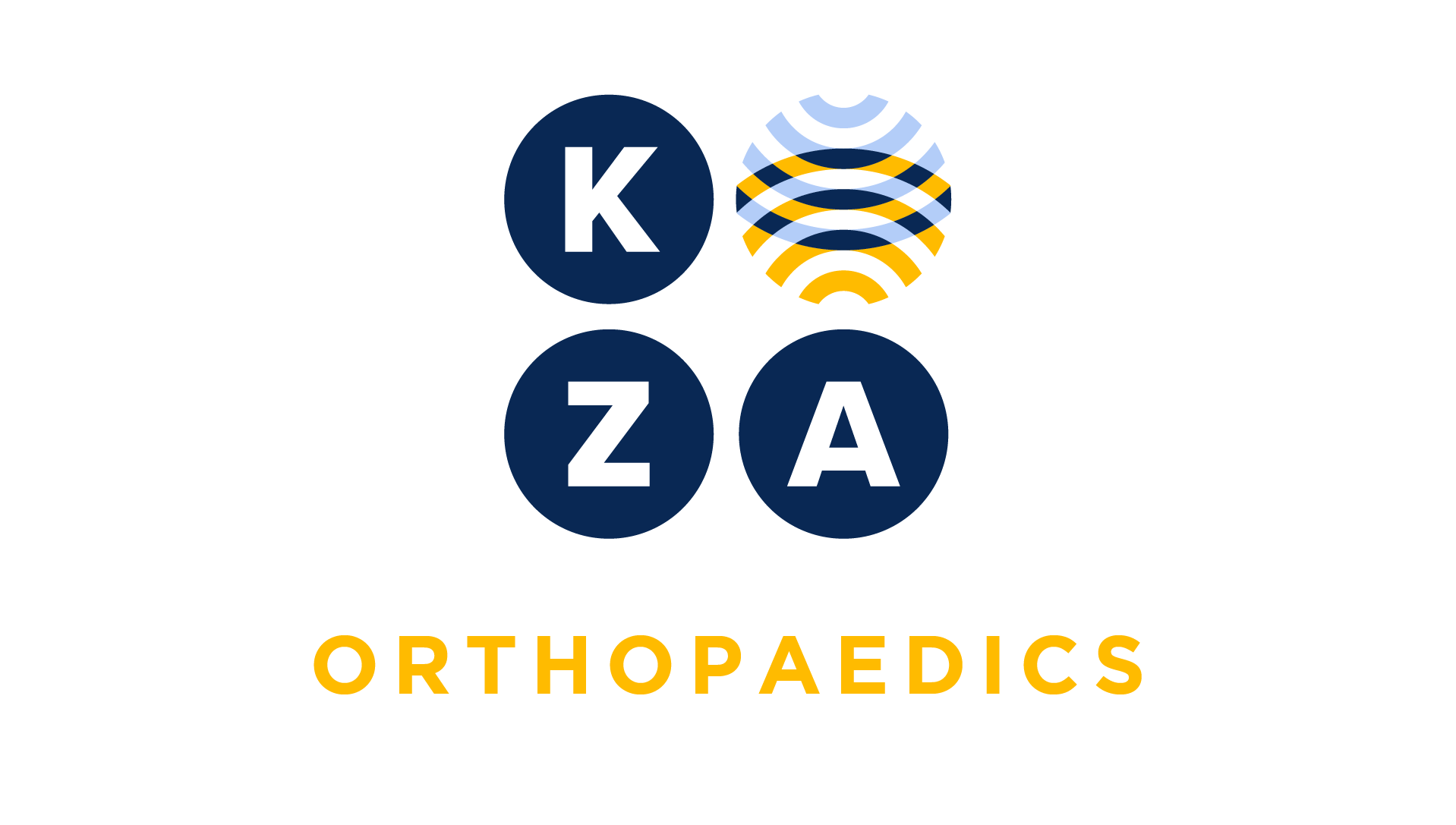
Choose your specialty from the list below to see how our experts have tackled a wide range of client questions.
Looking for something specific? Utilize our search feature by typing in a key word!
Modifier 78: Global Period Impact
We have a patient who had knee surgery and required a return to the operating suite for treatment of a complication during the global period. We will bill the second surgery with a
Question:
We have a patient who had knee surgery and required a return to the operating suite for treatment of a complication during the global period. We will bill the second surgery with a modifier 78. My supervisor is saying the aftercare needs to be extended another 90 days because the surgeon had to return the patient to the operating suite for the same anatomic site.
I have always understood that modifier 78 does not restart the global period, but now am Question:ing myself. Will you please provide guidance?
Answer:
Thanks for contacting KZA with your inquiry. You are correct! Modifier 78 (Unplanned Return To The Operating/Procedure Room By The Same Physician Or Other Qualified Health Care Professional Following Initial Procedure For A Related Procedure During The Postoperative Period) does not restart the global period, and will be subject to a reduction in reimbursement for the portion of the global period which overlaps with the original surgery.
CMS’s reimbursement formula for a procedure with a modifier 78 does not include payment for post-operative days, thus the global days stay with the original procedure.
I am including an excerpt from a source citation from Novitas (an example Medicare MAC) on this topic; the concept applies to all Medicare claims:
Facts
- An operating room (OR) is defined as a place of service specifically equipped and staffed for the sole purpose of performing procedures. The term includes a cardiac catheterization suite, a laser suite, and an endoscopy suite. It does not include a patient’s room, a minor treatment room, a recovery room, or an intensive care unit (unless the patient’s condition was so critical there would be insufficient time for transportation to the OR).
- Modifier 78 allows for the intraoperative percentage only of major or minor procedures (010 or 090 global periods).
- A new postoperative period does not begin when using modifier 78.
- Medicare allows codes with global surgery indicators of XXX and ZZZ in the Medicare Physician Fee Schedule Database separately without modifier 78.
Source:https://www.novitas-solutions.com/webcenter/portal/MedicareJH/pagebyid?contentId=00144546accessed 12/23/20
*This response is based on the best information available as of 10/01/20.
Trigger Finger Injection
Which CPT code is used 20550 or 20551 for a trigger finger /A1 pulley injection?
Question:
Which CPT code is used 20550 or 20551 for a trigger finger /A1 pulley injection?
Answer:
CPT code 20550 defines an injection to a single tendon sheath, or ligament, aponeurosis (eg, plantar “fascia”).
CPT code 20551 defines an injection to single tendon at the origin/insertion site.
Trigger finger injections are most commonly given to the flexor tendon, supporting CPT code 20550.
*This response is based on the best information available as of 09/03/20.
Meniscal Repair and Meniscectomy
Can I bill for a medial meniscus repair and a lateral meniscus meniscectomy done on the same knee? I see CMS has an NCCI edit between the two codes, 29881 and 29882.
Question:
Can I bill for a medial meniscus repair and a lateral meniscus meniscectomy done on the same knee? I see CMS has an NCCI edit between the two codes, 29881 and 29882.
Answer:
Yes, you may report both codes and append modifier 59 to indicate the procedures were performed on different anatomic sites. CPT, AAOS, and NCCI consider the compartments of the knee to be distinct anatomic structures.
*This response is based on the best information available as of 03/05/20
Dislocation CPT Codes: Traumatic vs Non-traumatic
Is it appropriate to report CPT code 28645 for both traumatic and non-traumatic dislocations?
Question:
Is it appropriate to report CPT code 28645 for both traumatic and non-traumatic dislocations?
Answer:
Yes, CPT code 28645 (Open treatment of metatarsophalangeal joint dislocation, includes internal fixation, when performed) may be reported whether the nature of the dislocation is traumatic or non-traumatic, as long as the dislocation required an open treatment. The diagnosis code will differentiate the condition as traumatic or non-traumatic.
Four CPT codes exist for the treatment of metatarsophalangeal joint dislocations. Report the appropriate code based on the type of treatment:28630: Closed treatment, no anesthesia required28635: Closed treatment, anesthesia required28636: Percutaneous treatment, with manipulation28645: Open treatment, with internal fixation, when performed
*This response is based on the best information available as of 01/09/20.
Periacetabular Osteotomy
We have a new pediatric orthopaedic surgeon who has joined our practice. He recently performed periacetabular osteotomies for hip dysplasia. He wants us to report CPT codes 27228 and
Question:
We have a new pediatric orthopaedic surgeon who has joined our practice. He recently performed periacetabular osteotomies for hip dysplasia. He wants us to report CPT codes 27228 and 27146 x3 for this procedure based on information he received during his fellowship training. We have told him that we must report an unlisted CPT code. Will you advise if we can report the codes he suggests, or is the unlisted CPT code correct?
Answer:
There are two options to report this service based on whether the payor follows Medicare rules or not:
- From a CPT standpoint, the correct Category I CPT code is 27299 (Unlisted procedure, pelvis or hip joint).
- A Level III HCPCS code exists (S2115 Osteotomy, periacetabular, with internal fixation) for payors who recognize S codes; Medicare does not recognize these level three codes. These codes were commonly referred to as “local codes” and are not published in the CPT manual.
CPT code 27228 (Open treatment of acetabular fracture(s) involving anterior and posterior (two) columns, includes T-fracture and both column fracture with complete articular detachment, or single column or transverse fracture with associated acetabular wall fracture, with internal fixation) is incorrect, as the physician is not treating a fracture.
CPT code 27146 (Osteotomy, iliac, acetabular or innominate bone;) is also incorrect, as the surgeon is not performing a single osteotomy of any one of these bones; the surgeon is performing multiple osteotomies, or cuts in the acetabulum.
*This response is based on the best information available as of 12/05/19.
E/M and Fracture Manipulation
We have joined a new health system and the coding staff members (new to orthopaedics) are removing all E/M-57 services when reported with a fracture manipulation code. The coding staff…
Question:
We have joined a new health system and the coding staff members (new to orthopaedics) are removing all E/M-57 services when reported with a fracture manipulation code. The coding staff members are stating these are inclusive to the fracture, as the physician has to evaluate the patient to determine if the fracture needs manipulation. After many conversations, they agreed to hear from others on whether or not the E/M is separately reportable.
Answer:
Congratulations to your team for working with and educating the new coding team to the world of orthopaedics.
If the documentation supports the E/M service, it is reportable when assessing a fracture that resultantly requires manipulation.
The patient may present with a known fracture (or not). The physician must evaluate the patient to determine the nature of the injury. X-rays are typically ordered and interpreted, or reviewed if taken at an outside facility. The physician diagnoses the fracture as displaced requiring manipulation, whether it will be treated with closed or open reduction. The E/M service associated with evaluating a patient with a fracture is not included in global fracture care.
Append modifier 57 to the E/M CPT code if the treatment of the fracture is performed on the same day or the day following the E/M service.Note, although CPT rules call for using modifier 57 when you are protecting an E/M service performed for a procedure with a 90 day global period, some payors may instead require modifier 25 when the fracture treatment does not require taking the patient to the OR.
*This response is based on the best information available as of 10/17/19.

